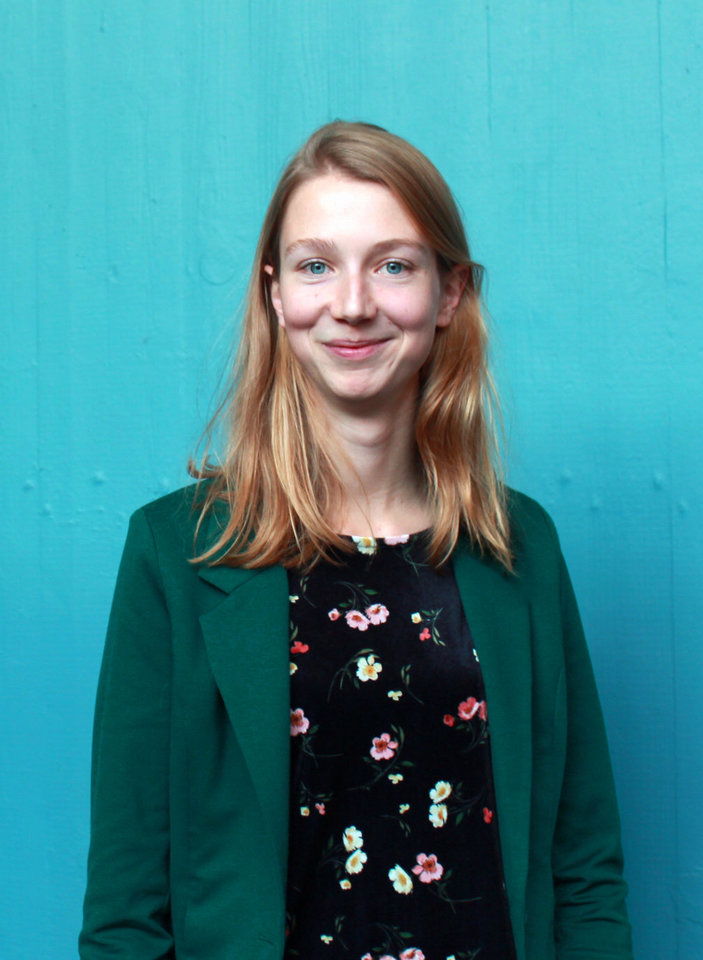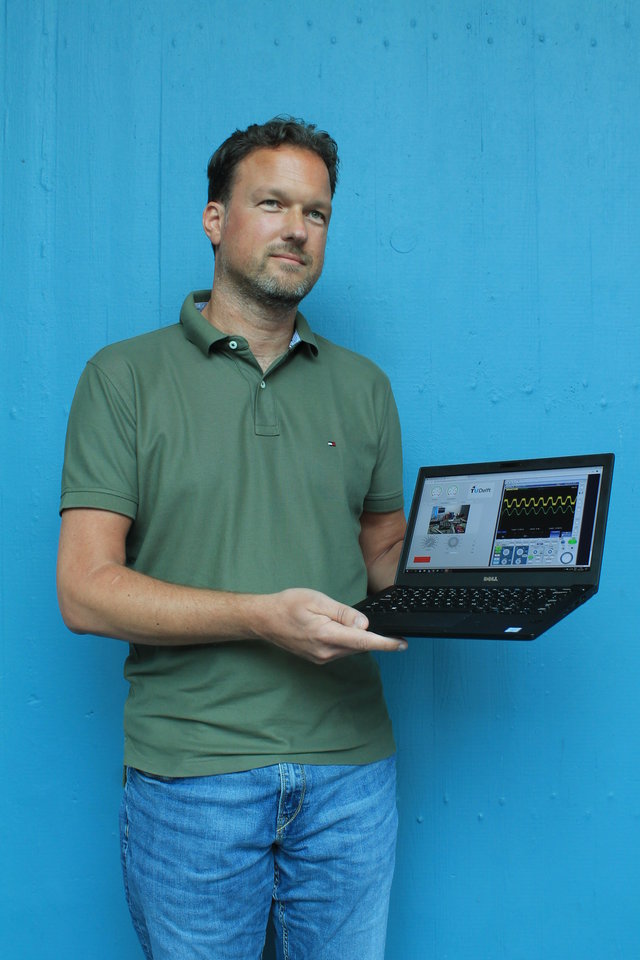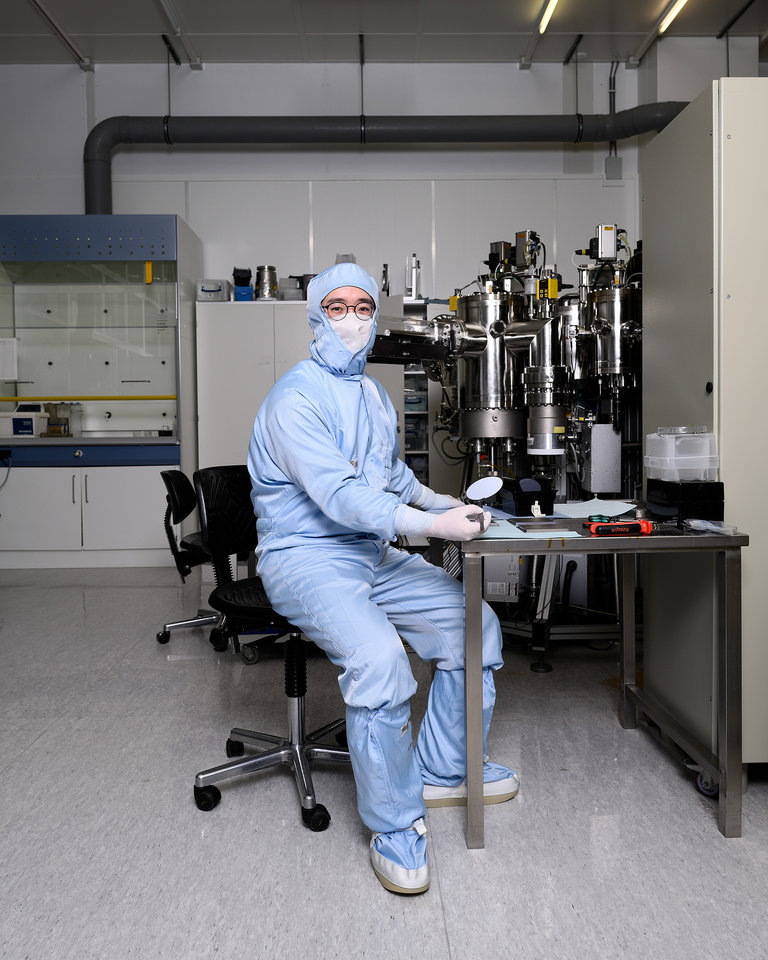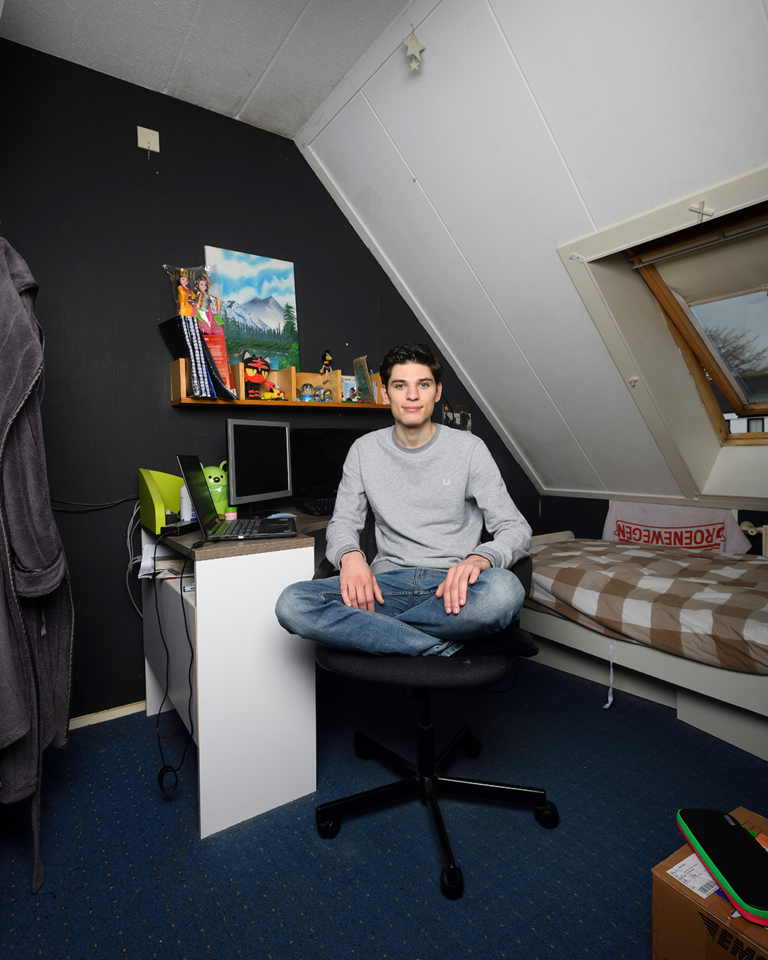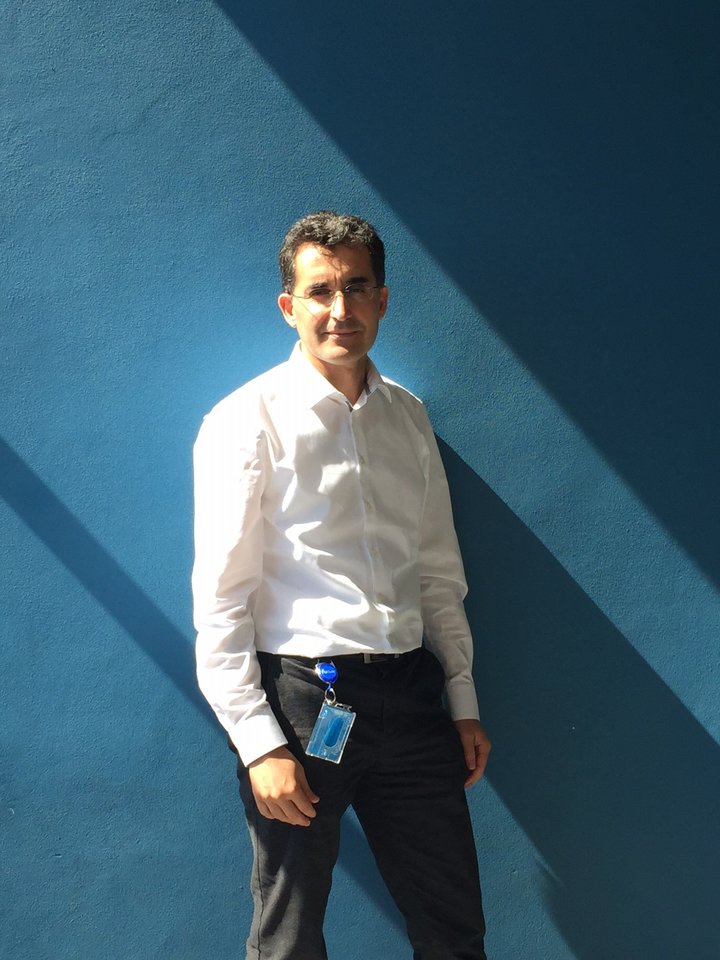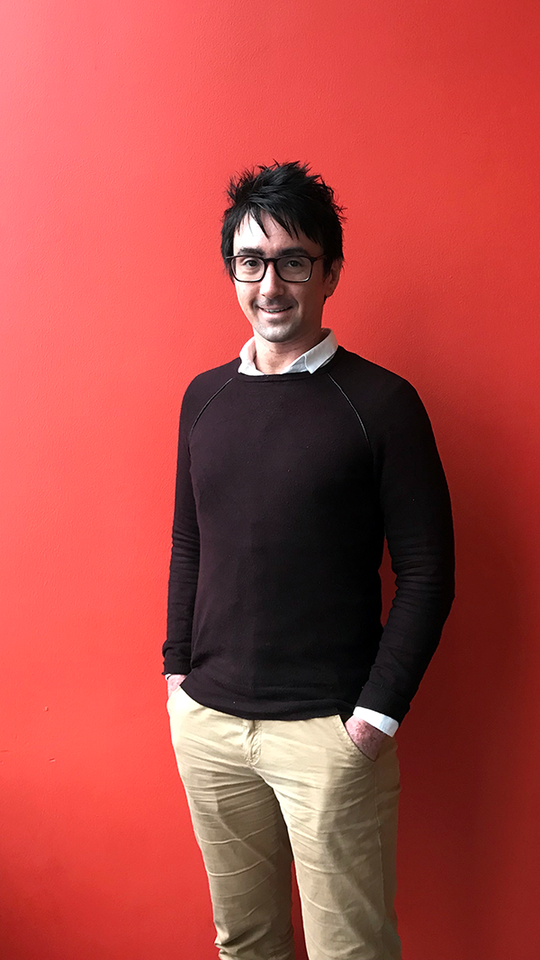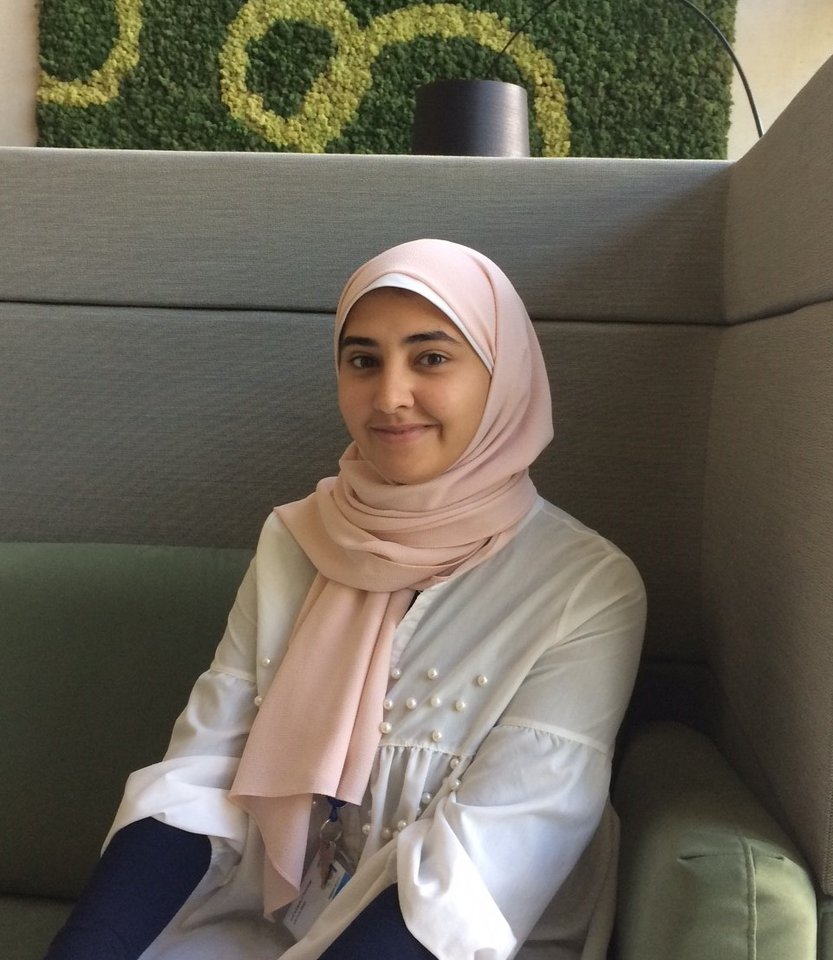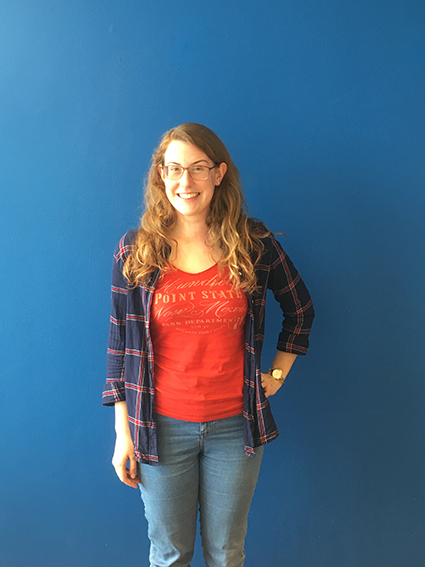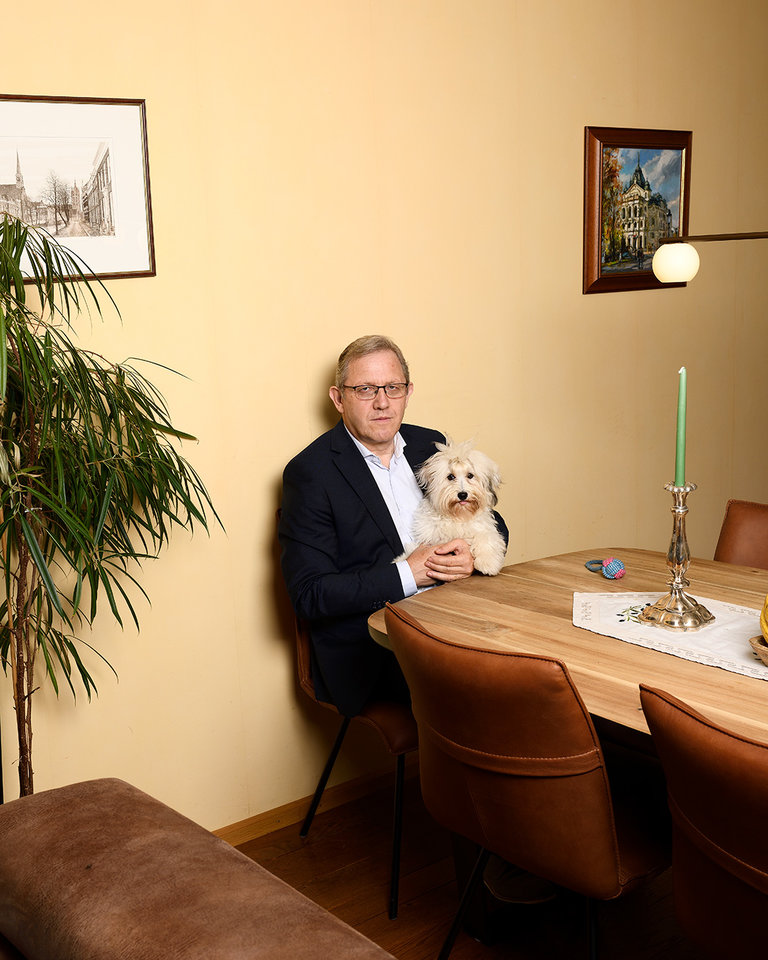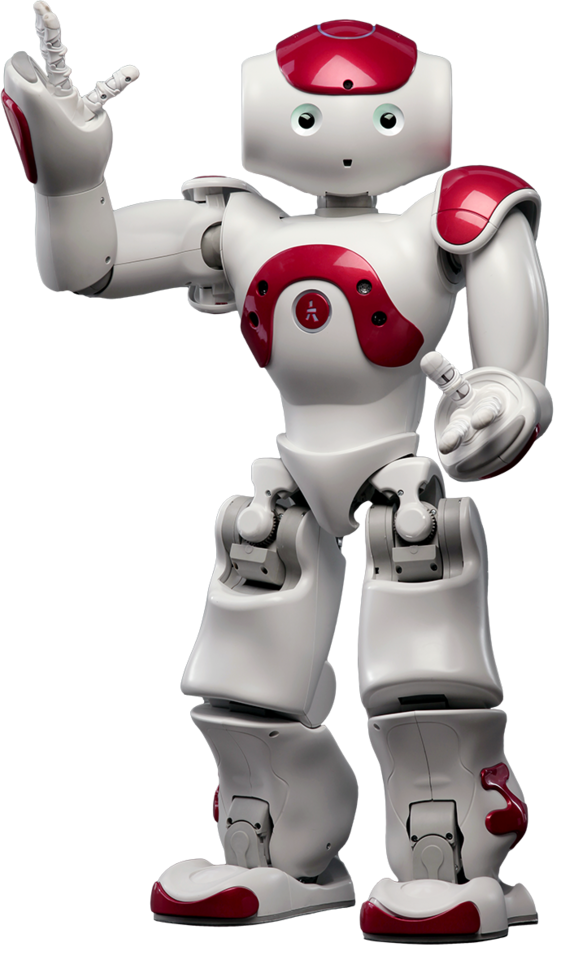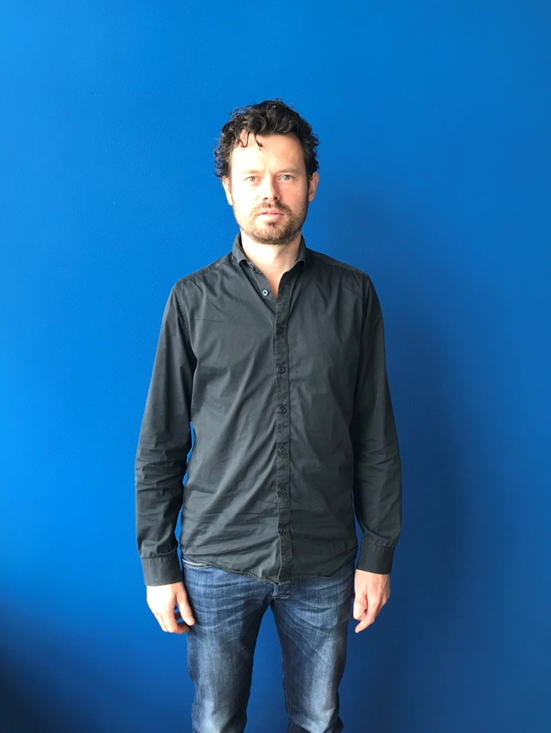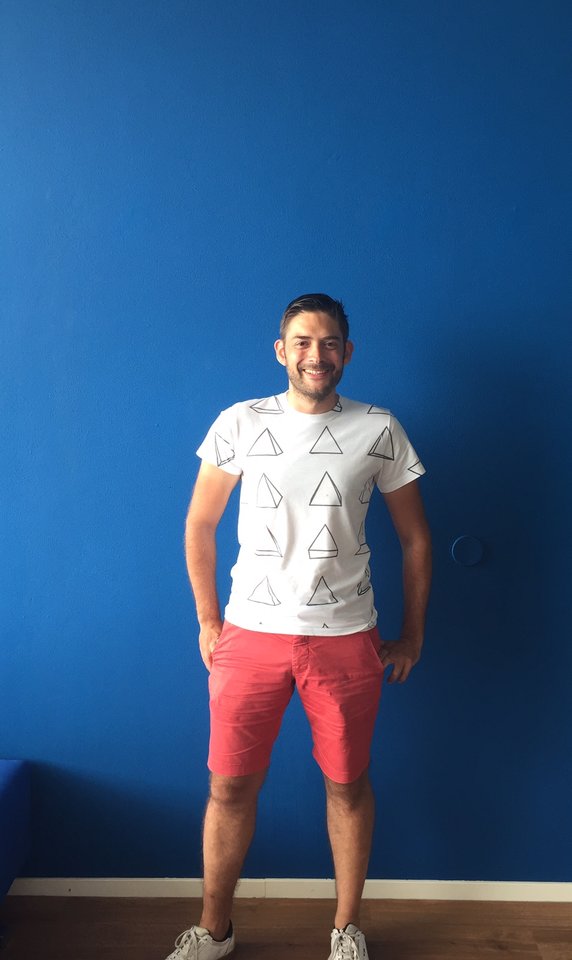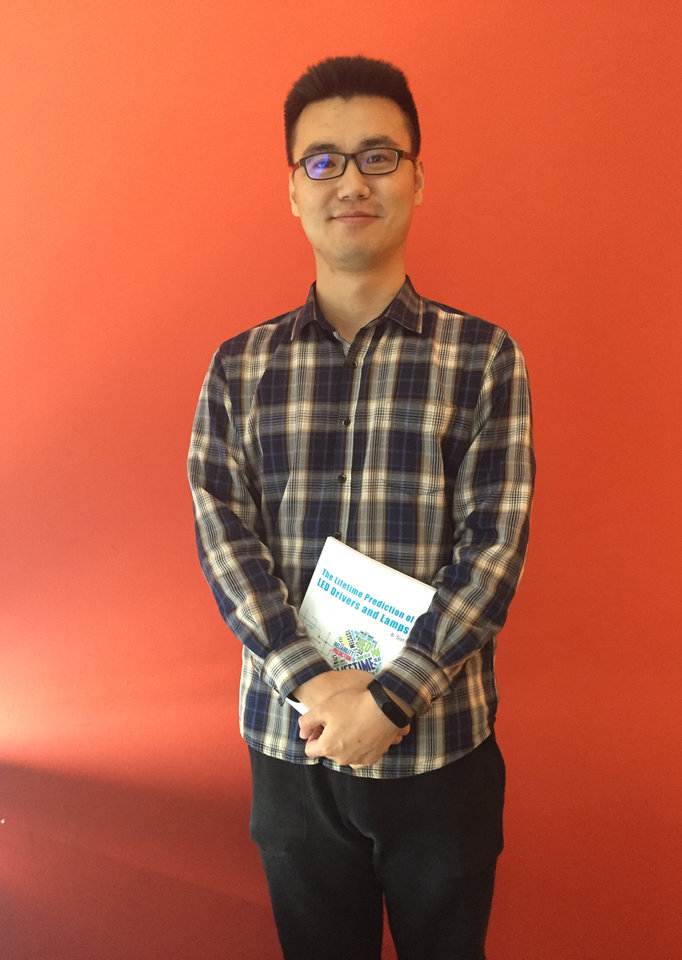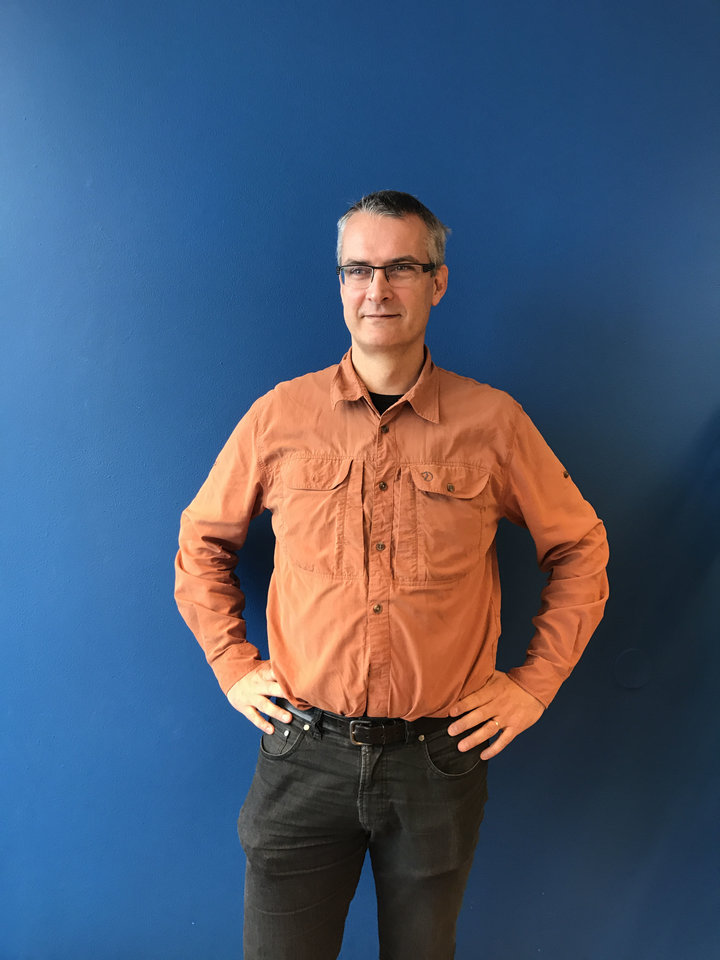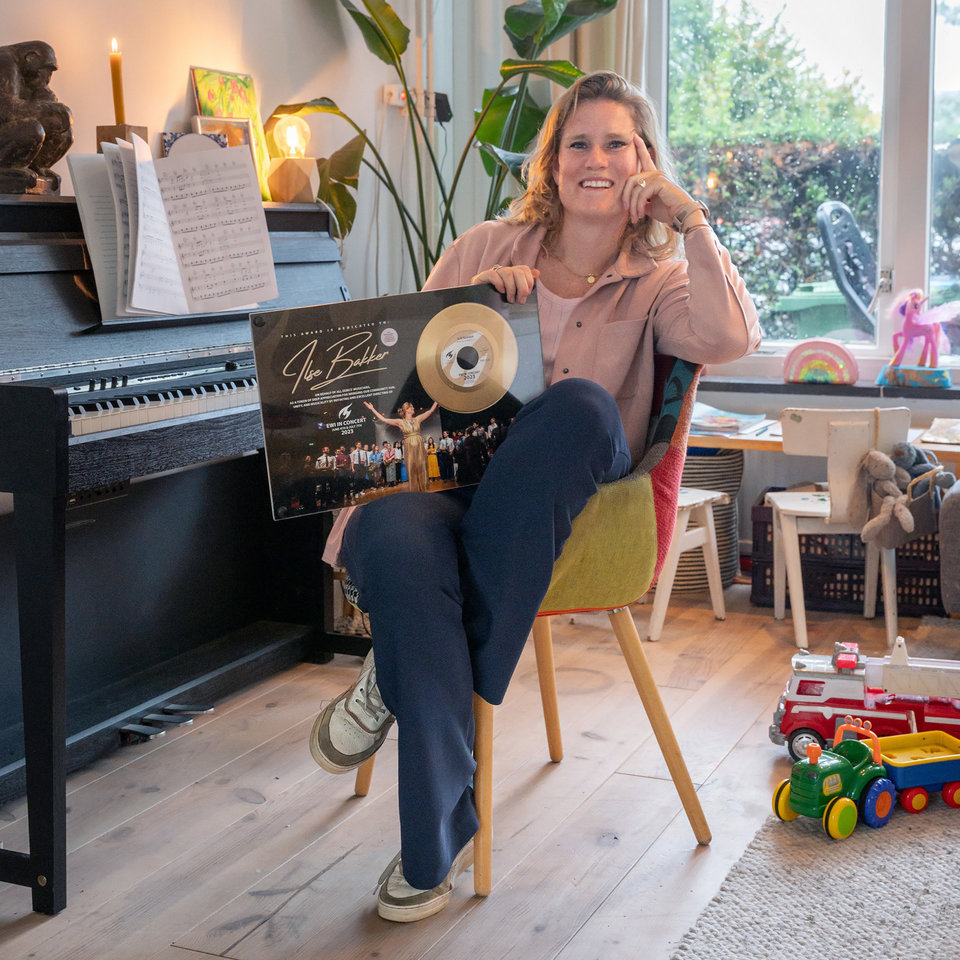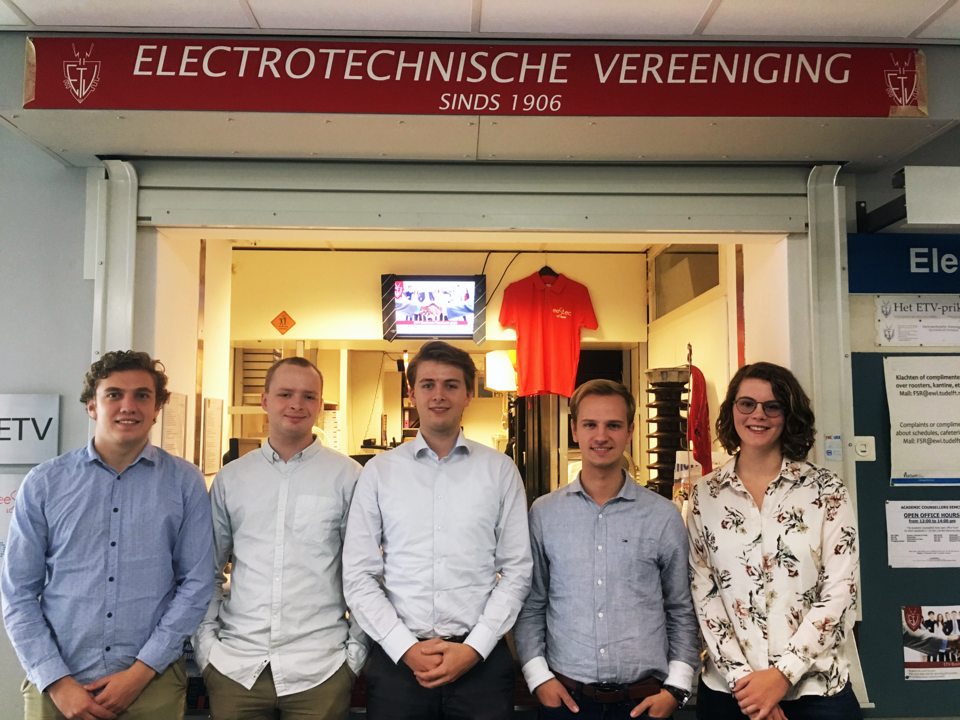Harald Homulle embarked on his doctoral research in September 2014. Around four-and-a-half years later, he defended his dissertation (title: Cryogenic electronics for the read-out of quantum processors) before a committee full of international professors. After exactly 60 minutes of questioning, the famous words Hora finita! (‘The time has elapsed’) sounded. The committee left the room, returned and awarded Harald his doctorate. ‘The words Cum laude were also uttered,’ Harald says with a smile. ‘And this all happened before a committee largely made up of physicists…’
Hang on a moment… you were awarded a doctorate cum laude, yet I still detect some degree of modesty?
Ha-ha, yes. The committee was largely made up of physicists. This is despite the fact that my dissertation was ultimately mainly about electronics. During my defence, I was asked a question about physical behaviour. I knew nothing about it. There was very little I could say.
And yet you still managed to convince all those physicists. With electrical engineering. Now I am curious. What exactly did you spend the last four-and-a-half years researching?
While studying for my Master's degree programme, I conducted research with Professor Edoardo Charbon. It was a completely different subject: using fluorescence to detect cancer. Fluorescent dyes can illuminate cancer cells, enabling surgeons to carefully cut away the tumour tissue during an operation. After completing my Master's, Edoardo suggested doing something quantum-related. Quantum is trendy at the moment. It’s cool, both literally and figuratively. This is because a quantum computer has to be extremely cold. There’s no avoiding it. The challenge lies in the fact that all electronic devices work at room temperature. Because quantum bits really cannot be warmer, it is the temperature of the electronics that needs to be reduced. My research explored how low they can go.
How exactly did you do that?
We made a long pipe to investigate whether electronics also work at low temperatures. I mounted a sample on one end of the pipe and made it possible to connect measurement equipment to the other end. I immersed the end with the sample on it in a container of liquid helium, repeating this every morning, before going on to take measurements. I exposed various commercial electronic devices to extremely low temperatures to see if they can still function effectively. Think of a field-programmable gate array (FPGA) implemented in a 28 nm CMOS process. That even works at 4 degrees Kelvin without any major problems.
What was the purpose of all this?
The ultimate aim is a quantum computer, because that's what everybody wants. Quantum computing makes it possible to speed up calculations exponentially compared to what is now standard with classic computers. To achieve that, you need a lot of quantum bits: the simplest unit of quantum information. Currently, 49 quantum bits is the best you can achieve. But you actually need thousands – or maybe even millions – to achieve anything really useful. Because quantum bits perform excellently in a cold environment, it’s important to know at what temperatures electronics can still work.
What do you remember most from all these years of work?
The recurring sense of amazement. When you actually realise that something that was not really intended to be so extremely cold can still work normally. Most electronic devices stop working at around -50 degrees Celsius. When you find out that something can still work at -200 degrees Celsius, it gives you quite a buzz.






